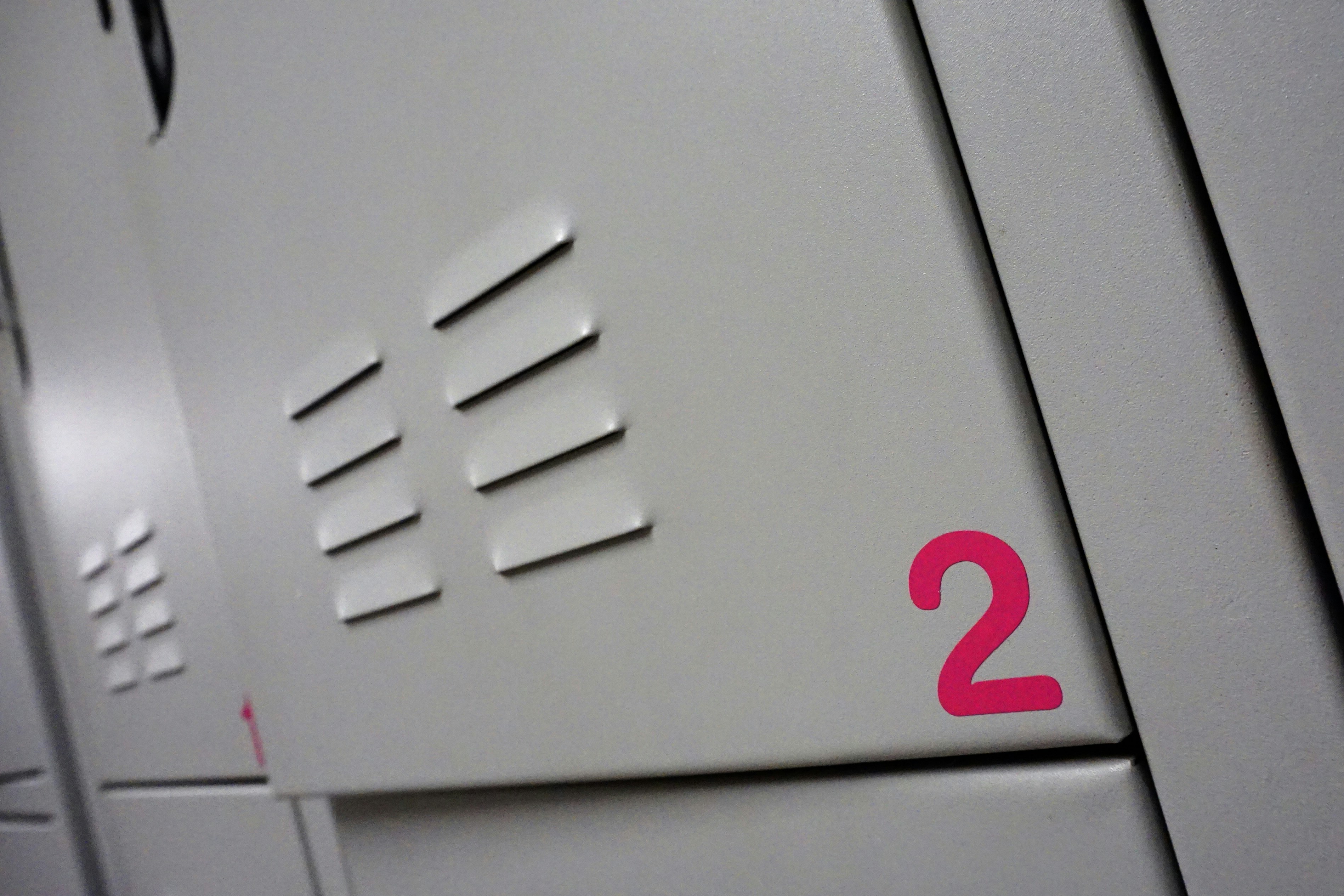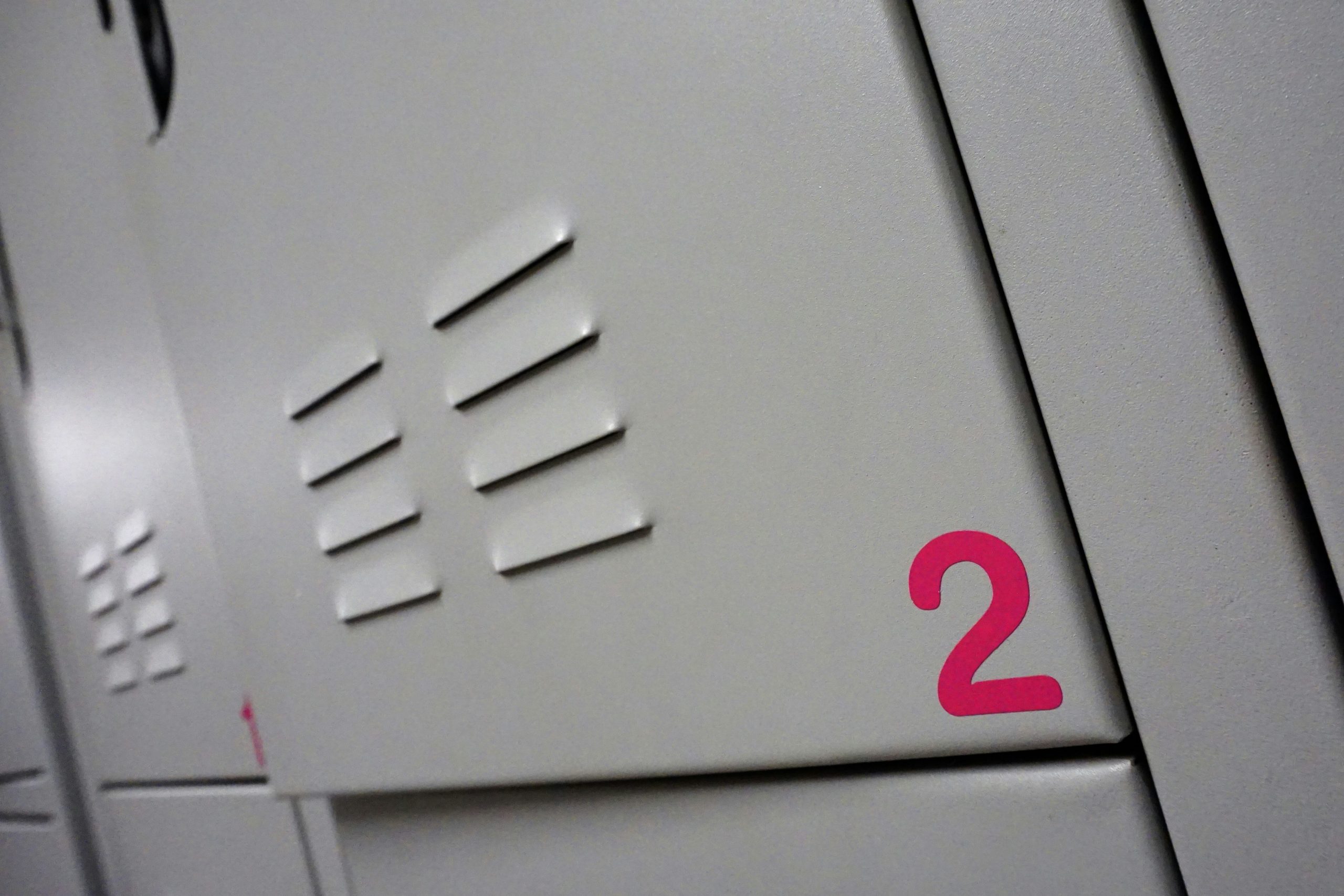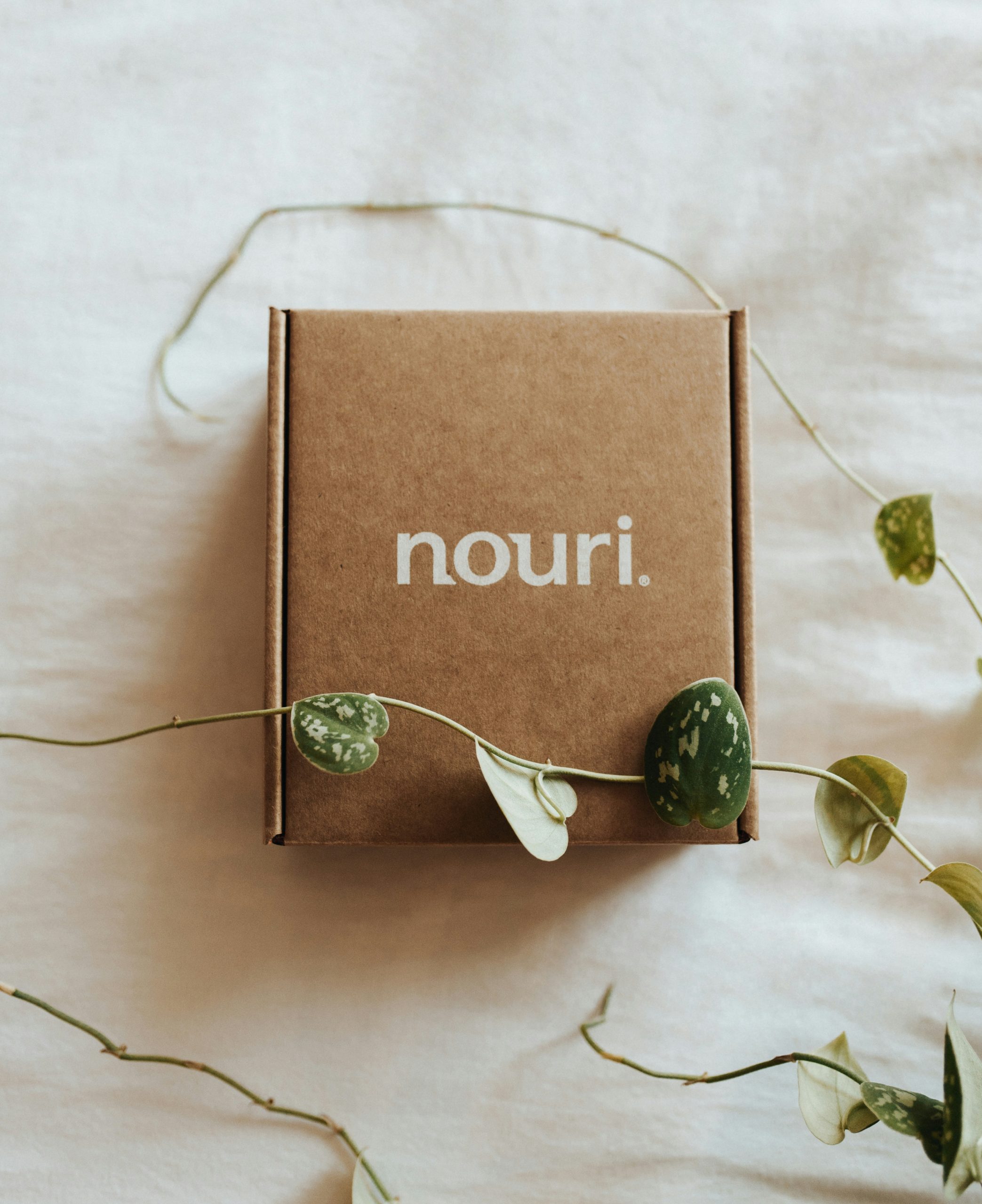Introduction to Jean Material
When you think of durable jean material, what comes to mind? Is it the timeless appeal of classic blue jeans or perhaps the ruggedness that can withstand daily wear and tear? Jeans have been a staple in wardrobes across generations, but their durability often sparks curiosity. Are they truly tough enough for long-term use?
In this blog post, we will dive into the fascinating world of jean material. From its rich history to factors that influence its longevity, we’ll explore why denim remains an iconic fabric choice today. Whether you’re a die-hard jeans enthusiast or someone looking to invest wisely in your wardrobe, you’ve come to the right place! Let’s unravel the mystery behind durable jean material together.
The History of Jeans and Their Durability
Jeans have a fascinating history that dates back to the mid-19th century. Originally designed as workwear for miners and laborers, they emerged from a need for tough clothing that could withstand harsh conditions.
The fabric used was denim, known for its sturdy weave and durability. This rugged material quickly gained popularity due to its resilience in the face of wear and tear.
As time passed, jeans transitioned into mainstream fashion. They became symbols of rebellion during the 1950s and later morphed into everyday attire embraced by all ages.
Despite their evolution in style, one thing remains constant: jean material is built to last. Its ability to endure daily use while maintaining shape makes it an enduring favorite across generations. The durability factor is what keeps people reaching for their trusted pair time after time.
Factors That Affect the Durability of Jean Material

Several factors influence the durability of jean material. One primary element is the quality of cotton used in production. Higher-grade cotton fibers tend to be stronger and more resilient.
The weaving technique also plays a vital jean material role. Denim woven in a tighter pattern typically withstands wear and tear better than looser weaves.
Another important aspect is the dyeing process. Jeans dyed with indigo using traditional methods often have enhanced colorfastness, which can help maintain their appearance over time.
Additionally, exposure to elements like sunlight and moisture can weaken denim fabric. Proper care during washing and drying can mitigate these effects significantly.
Seams and stitching contribute to overall strength. Double-stitched or reinforced areas are less likely to fray or break under stress, ensuring your favorite pair lasts longer through everyday adventures.
Types of Jean Material and Their Durability Ratings
Jean material comes in various types, each with its own durability profile. The most common is traditional denim, known for its robust construction and ability to withstand wear and tear.
Stretch denim has become popular for comfort but may not be as durable over time compared to rigid options. Its added elasticity can lead to quicker fading or loss of shape after multiple washes.
Selvedge denim offers exceptional durability due to its tightly woven edges that prevent unraveling. It’s often favored by enthusiasts looking for long-lasting quality.
On the other hand, lightweight denim is breathable and great for warmer weather but sacrifices some sturdiness. This fabric can show signs of wear sooner than heavier counterparts.
Considering these factors helps you choose the right jean material based on your lifestyle needs and how long you want them to last.
Tips for Increasing the Lifespan of Your Jeans
To boost the lifespan of your jeans, always wash them in cold technology water. This helps preserve color and fabric integrity.
Avoid frequent washes when possible. Spot clean as needed to keep them looking fresh without unnecessary wear.
When you do wash, turn your jeans inside out. This protects the outer surface from friction during the cycle.
Drying can be a game changer too. Opt for air drying instead of using a dryer; it prevents shrinking and maintains shape.
Store your jeans properly by hanging or folding them neatly to avoid creases and stress on seams.
Invest in quality denim from reputable brands. Durable jean material tends to withstand daily use better than cheaper alternatives, ensuring your favorite pair lasts longer.
Comparing Jean Material to Other Fabrics in Terms of Durability
When it comes to durability, jean material stands out against many other fabrics. Cotton denim is renowned for its strength and resistance to wear, making it a favorite for everyday use.
In contrast, lighter materials like cotton or linen may not hold up as well over time. These fabrics are more susceptible to tearing and fading after repeated washings.
Polyester blends can offer some enhanced durability due to their synthetic fibers. However, they often lack the breathability and comfort that 100% cotton denim provides.
Leather is another strong contender in terms of longevity. It can withstand significant abuse but requires specialized care that jeans don’t need.
While each fabric has its strengths, durable jean material remains a reliable choice for those seeking long-lasting wear without sacrificing style or comfort.
Conclusion: Is Jean Material Worth It for Long-Term Use?

When considering the longevity of your wardrobe, durable jean material stands out as a reliable choice. Jeans have been around for over a century and continue to be a staple in many closets. Their resilience is backed by history and enhanced by modern innovations in fabric technology.
The various types of denim available today cater to different preferences while maintaining durability. From classic rigid denim to stretchy blends that offer comfort without sacrificing strength, there’s something for everyone seeking long-term wear.
Moreover, proper care can significantly extend the life of your jeans. Simple practices like washing them less frequently and air-drying can make all the difference.
Compared with other fabrics, denim holds its own quite well. While some materials may fray or wear out quickly, high-quality jean material often withstands daily use much better.
For those who seek both style and substance in their clothing choices, investing in quality jeans made from durable materials seems worthwhile. They not only deliver on performance but also adapt beautifully through changing fashion trends. Whether you’re dressing up or down, strong jeans remain an enduring option that pays off over time.


